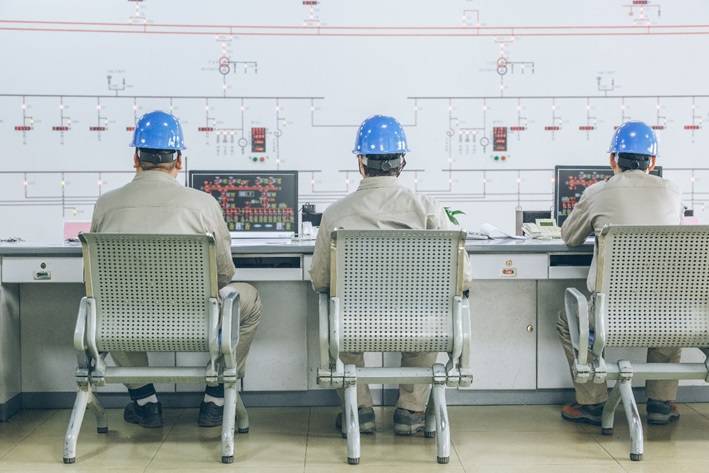Advantages of Flat Panel Detectors Over Image Intensification in C-Arms

Most surgical C-arms are still equipped with an image intensifier because they’re cheaper to buy and maintain. However, these older systems can cause many problems that are easier to fix with an FPD upgrade. Besides reducing radiation exposure for healthcare professionals, the FPD technology has many other benefits.
Less Distortion
Flat panel detectors offer a wider field of view and precision imaging capabilities than image intensifiers. It helps reduce the amount of repositioning needed for interventional procedures. Additionally, some models allow you to save a specific position so the system can return to this point at the touch of a button. Another major benefit of a FPD C-arm is less heat generated. It allows the machine to operate longer during a case and may decrease the system’s need for cooling. When looking for a new or used C-arm, focus on the vendor’s reputation, longevity and service support options to make the most informed purchase possible. While IIs are still out there and can be purchased second-hand or refurbished, the trend is toward upgrading to a digital C-arm like GE fluoroscopes. This technology is more dependable and easier to repair than traditional IIs. It also offers patients and technologists better image quality and a more comfortable experience.
Higher Resolution
Indirect flat panel detectors use amorphous selenium (aSe) to convert x-rays into visible light funneled by fiber optics. This technology delivers a higher spatial resolution than the image intensifier. Direct flat panel detectors use a CCD/CMOS or Si photodiode and TFT array to detect the x-rays without any optical filters directly. It helps reduce the image lag experienced with some traditional imaging systems. It means clinicians can get a more precise image to guide their procedures and improve patient safety. While the upfront cost of flat panel detectors is typically higher than image intensifiers, the long-term benefits for technologists and patients far outweigh this initial investment. Consider your options for financing, renting or leasing a system that will boost surgical volume and patient outcomes at your facility.
Less Radiation
Flat panel detectors produce less radiation than image intensifiers, so the operator is exposed to a lower dose during procedures. It is especially important if patients are monitored in the OR, such as for interventional pain management or spine cases. Many FPD C-arms are built with biplane digital imaging systems that offer horizontal and vertical images without rotating the machine. It reduces the time it takes to capture images and can help speed up procedures. Consider a digital flat plate detector if you consider upgrading your current C-arm. It can often be less expensive than an image intensifier system and more compact. However, it does require regular service. It is best to work with an Original Equipment Manufacturer-certified service provider with experience with this technology. It can save you time and money in the long run. Having an experienced service team can also help reduce the number of repairs needed during the lifetime of your new system.
More Compact
A pixel-based system uses CCDs or CMOS sensors to turn X-rays into images electronically. It results in a much smaller detector that is more compact than the tube-based image intensifier systems. This design also reduces the radiation exposure of clinicians during surgery or fluoroscopy and prevents the accumulation of dose — sometimes referred to as “dose creep.” Surgical C-arm manufacturers are moving away from using II-CCD image intensifier tubes and towards flat panel detectors. Currently, there are three main types of flat panel detectors used in surgical C-arms: amorphous silicon (a-Si), indium gallium zinc oxide (IGZO) and complementary metal-oxide semiconductor (CMOS). While a new digital flat-panel C-arm can cost 2 to 3 times as much as a conventional C-arm with an image intensifier, there are many benefits to consider when evaluating an upgrade. When considering a flat-panel detector system, look for vendors with proven track records, warranty longevity and supply chain availability.











